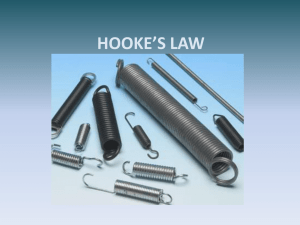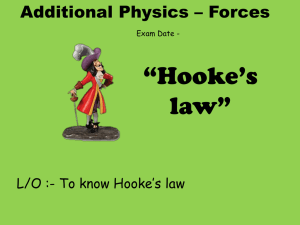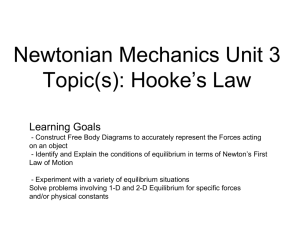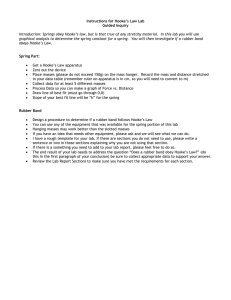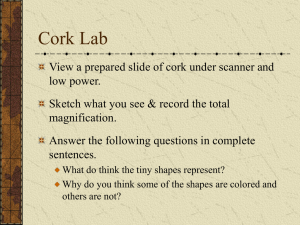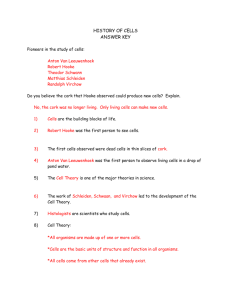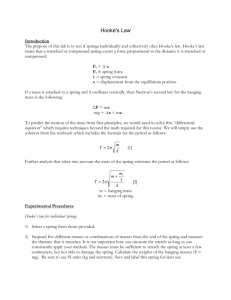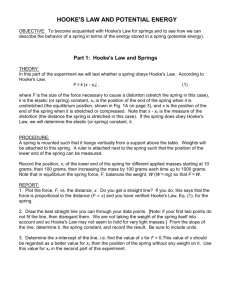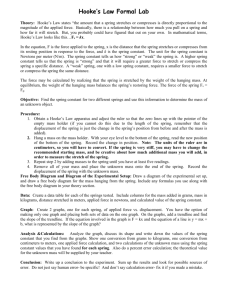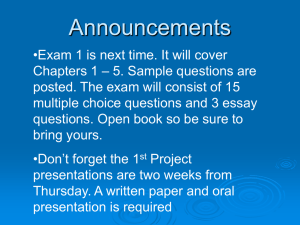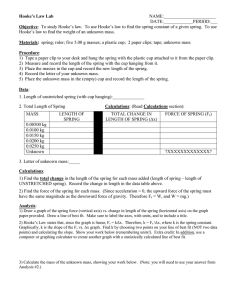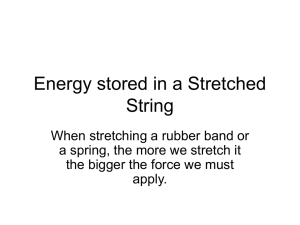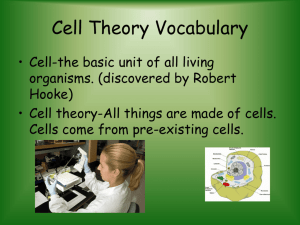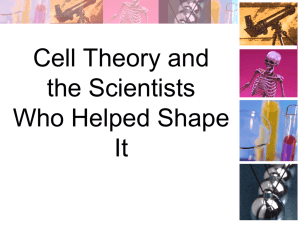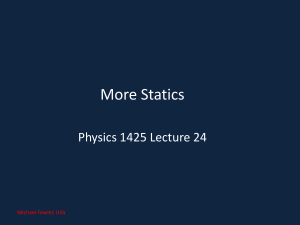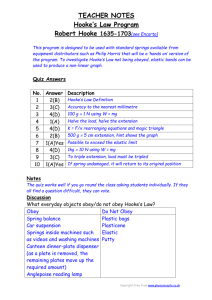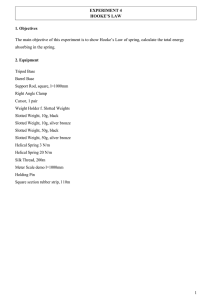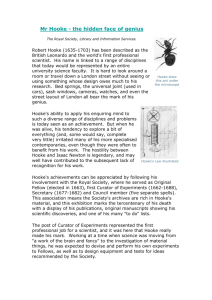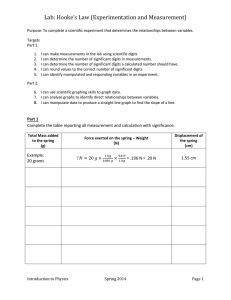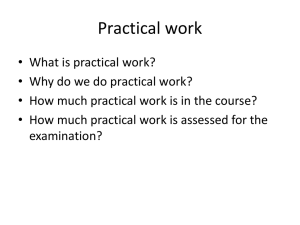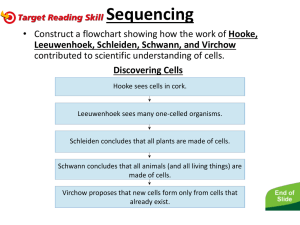Physics AS transition task
advertisement
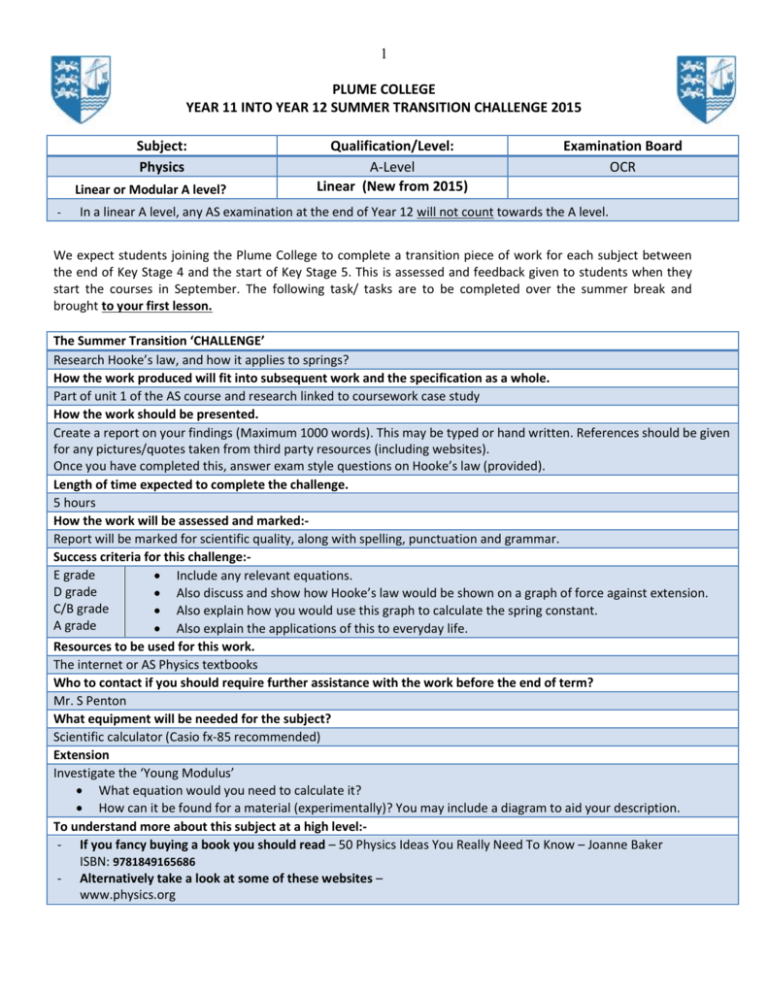
1 PLUME COLLEGE YEAR 11 INTO YEAR 12 SUMMER TRANSITION CHALLENGE 2015 Subject: Physics Linear or Modular A level? - Qualification/Level: A-Level Linear (New from 2015) Examination Board OCR In a linear A level, any AS examination at the end of Year 12 will not count towards the A level. We expect students joining the Plume College to complete a transition piece of work for each subject between the end of Key Stage 4 and the start of Key Stage 5. This is assessed and feedback given to students when they start the courses in September. The following task/ tasks are to be completed over the summer break and brought to your first lesson. The Summer Transition ‘CHALLENGE’ Research Hooke’s law, and how it applies to springs? How the work produced will fit into subsequent work and the specification as a whole. Part of unit 1 of the AS course and research linked to coursework case study How the work should be presented. Create a report on your findings (Maximum 1000 words). This may be typed or hand written. References should be given for any pictures/quotes taken from third party resources (including websites). Once you have completed this, answer exam style questions on Hooke’s law (provided). Length of time expected to complete the challenge. 5 hours How the work will be assessed and marked:Report will be marked for scientific quality, along with spelling, punctuation and grammar. Success criteria for this challenge:E grade Include any relevant equations. D grade Also discuss and show how Hooke’s law would be shown on a graph of force against extension. C/B grade Also explain how you would use this graph to calculate the spring constant. A grade Also explain the applications of this to everyday life. Resources to be used for this work. The internet or AS Physics textbooks Who to contact if you should require further assistance with the work before the end of term? Mr. S Penton What equipment will be needed for the subject? Scientific calculator (Casio fx-85 recommended) Extension Investigate the ‘Young Modulus’ What equation would you need to calculate it? How can it be found for a material (experimentally)? You may include a diagram to aid your description. To understand more about this subject at a high level:- If you fancy buying a book you should read – 50 Physics Ideas You Really Need To Know – Joanne Baker ISBN: 9781849165686 - Alternatively take a look at some of these websites – www.physics.org
